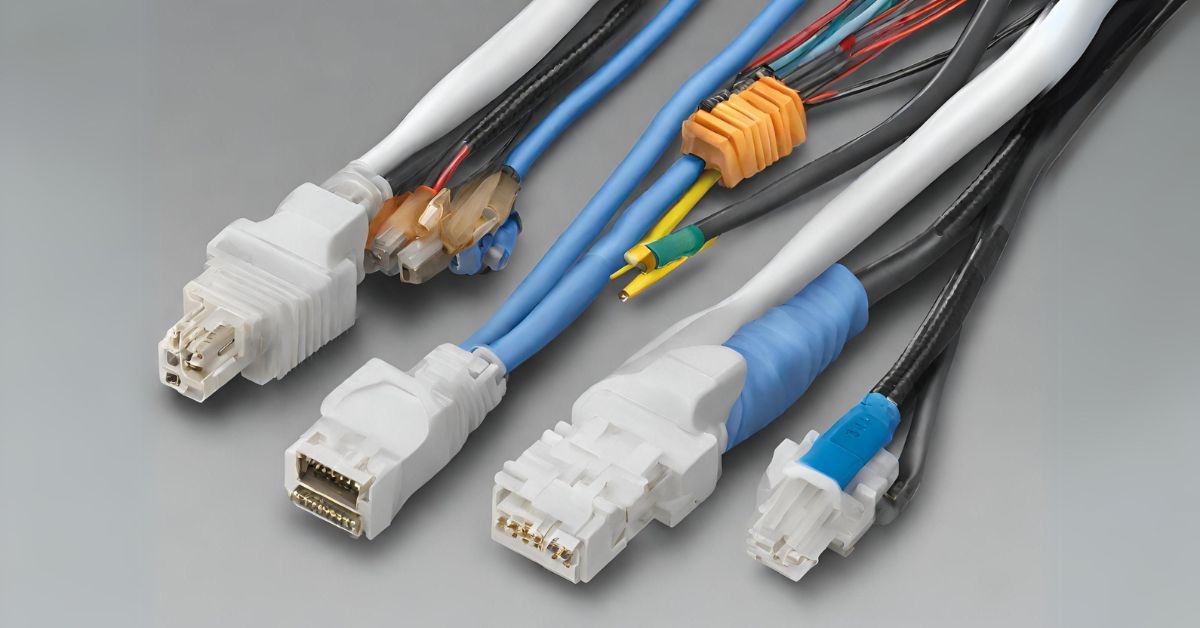Active Optical Cables (AOC) represent a significant advancement in data transmission technology. These cables, utilizing optical fibers between connectors, are engineered to enhance performance dramatically compared to traditional cabling solutions. This article delves into the current market trends, the inherent advantages of AOCs, and insights from industry experts.
Market Trends and Statistics
- Market Growth: The AOC market is on an upward trajectory. In 2023, the market size was estimated at USD 3.3 billion and is projected to reach USD 6.2 billion by 2028, growing at a Compound Annual Growth Rate (CAGR) of 13.1% from 2023 to 2028. Another forecast suggests the market expanding at a CAGR of 7.7% from 2023 to 2031, reaching US$ 14.2 billion by 2031. Furthermore, the market was valued at US$ 422.1 million in 2022 and is projected to surpass US$ 1,893.7 million by 2031 at a CAGR of 18.15%.
- Demand Drivers: Key factors fueling this growth include the increasing demand for high-speed data transfer in data centers, widespread adoption of cloud-based services and applications, and the rise in bandwidth requirements and huge data center deployments.
Advantages of Active Optical Cables
- Weight and Size: AOCs are lighter and thinner compared to traditional heavy copper cables, offering ease of installation and management.
- Extended Link Length: Unlike copper-based transmission lines, which exhibit significant frequency-dependent loss, optical fiber in AOCs does not have this influence on the signal, allowing for extended link lengths.
- Higher Bandwidth and Lower Power Consumption: AOCs provide higher bandwidth, lower power consumption, lower connectivity loss, and are immune to Electromagnetic Interference (EMI)/Electromagnetic Susceptibility (EMS).
- Ruggedized Nature: AOCs are designed to be rugged, making them suitable for harsh industrial environments and high-speed control and data systems.
Expert Insights and Challenges
- Technological Adoption: The adoption of AOCs is particularly notable in sectors dealing with large volumes of data. Emerging technologies like software-defined networking (SDN) and network-function virtualization (NFV) are further expected to impact the growth of the AOC market globally.
- Competitive Market Landscape: The AOC market is highly competitive, with established vendors holding a strong presence. The competitive environment is expected to intensify with increased technological innovations and product extensions.
- Challenges: Despite the growth, the industry faces challenges such as the high implementation cost of AOCs and their vulnerability to physical damage and transmission losses.
- Government Investment and Security Concerns: Governments worldwide have invested in AOCs across public communication networks to improve network infrastructure. This investment is partly driven by the rise in hacking incidents in WLAN networks, highlighting the need for secure data transmission solutions like AOCs.
Conclusion
Active Optical Cables represent a burgeoning sector in the data transmission industry, driven by their superior performance, adaptability to high-bandwidth requirements, and suitability for modern technological applications. The market is characterized by rapid growth, robust competition, and significant interest from both commercial and government sectors. While challenges such as cost and physical vulnerability exist, the overall outlook for the AOC market is positive, with considerable opportunities for expansion and innovation.

